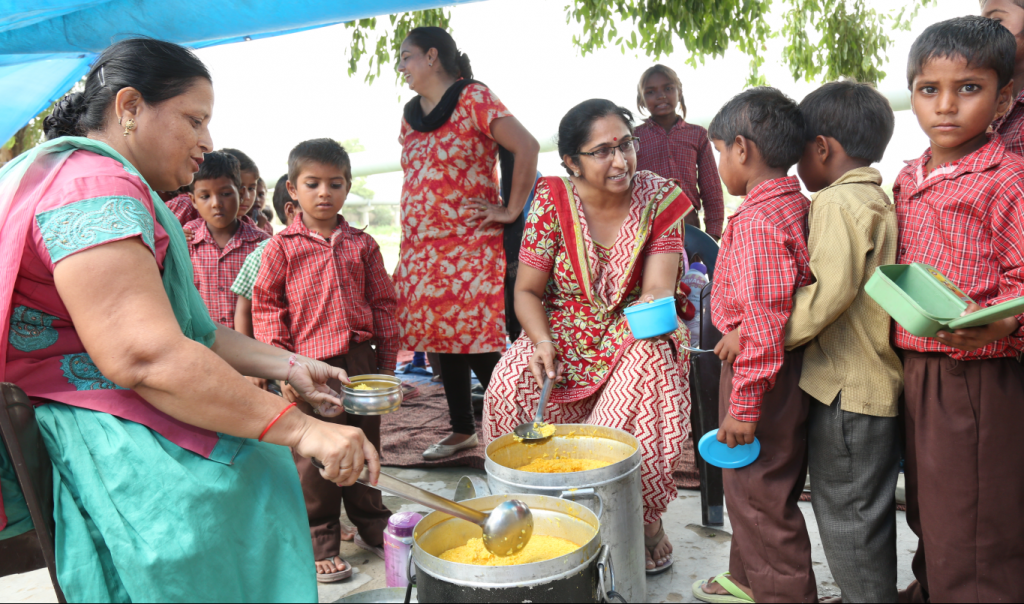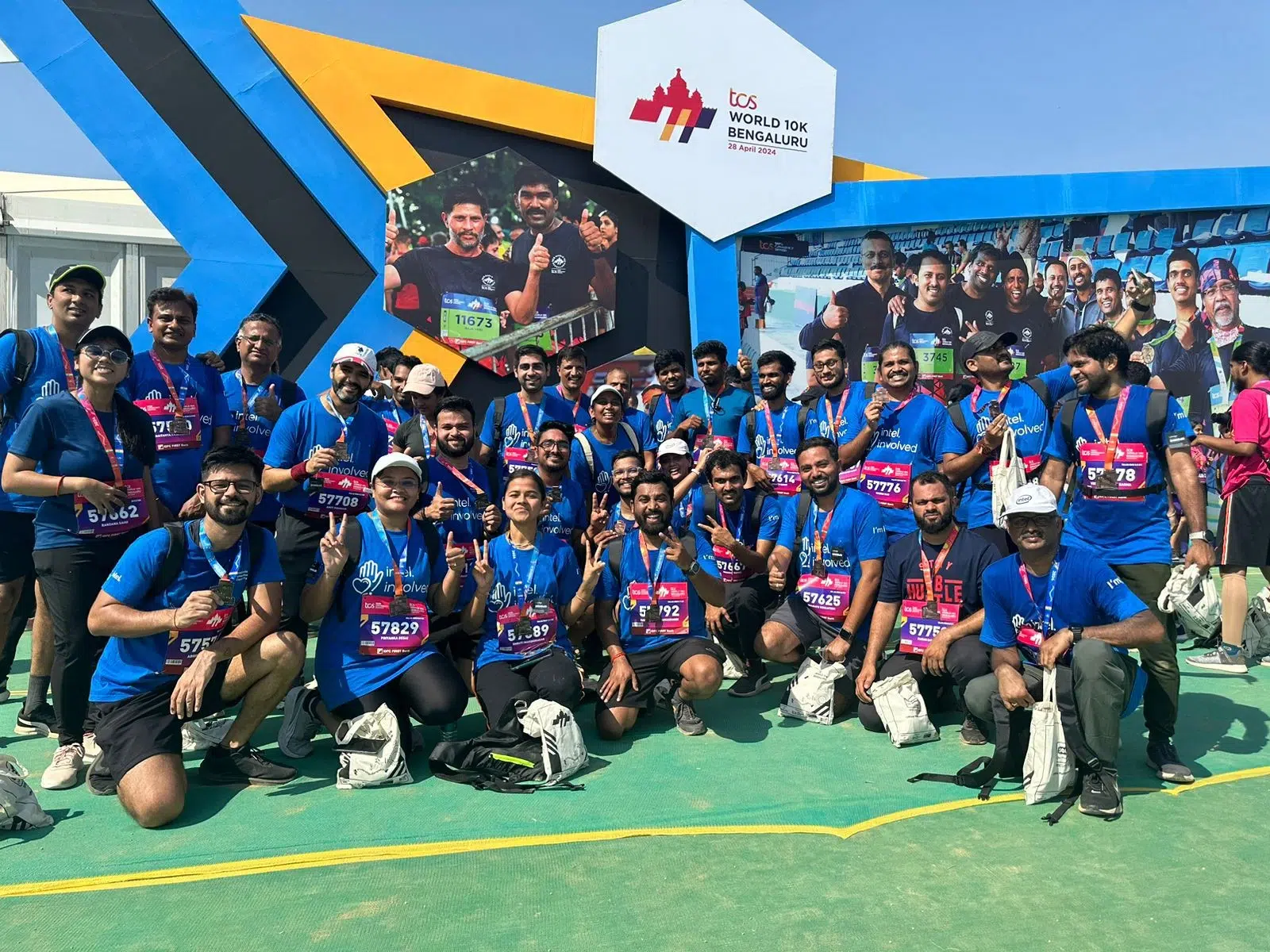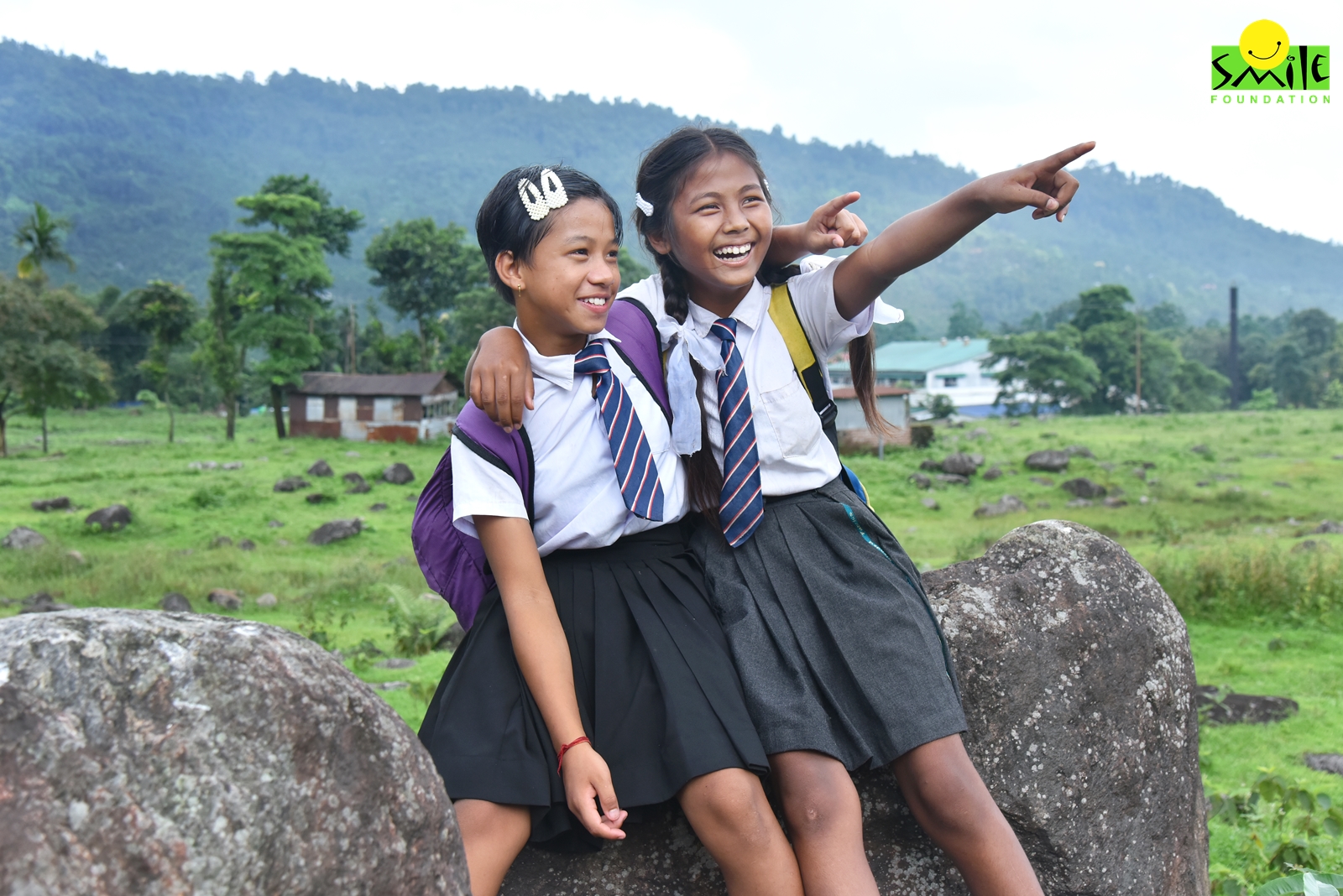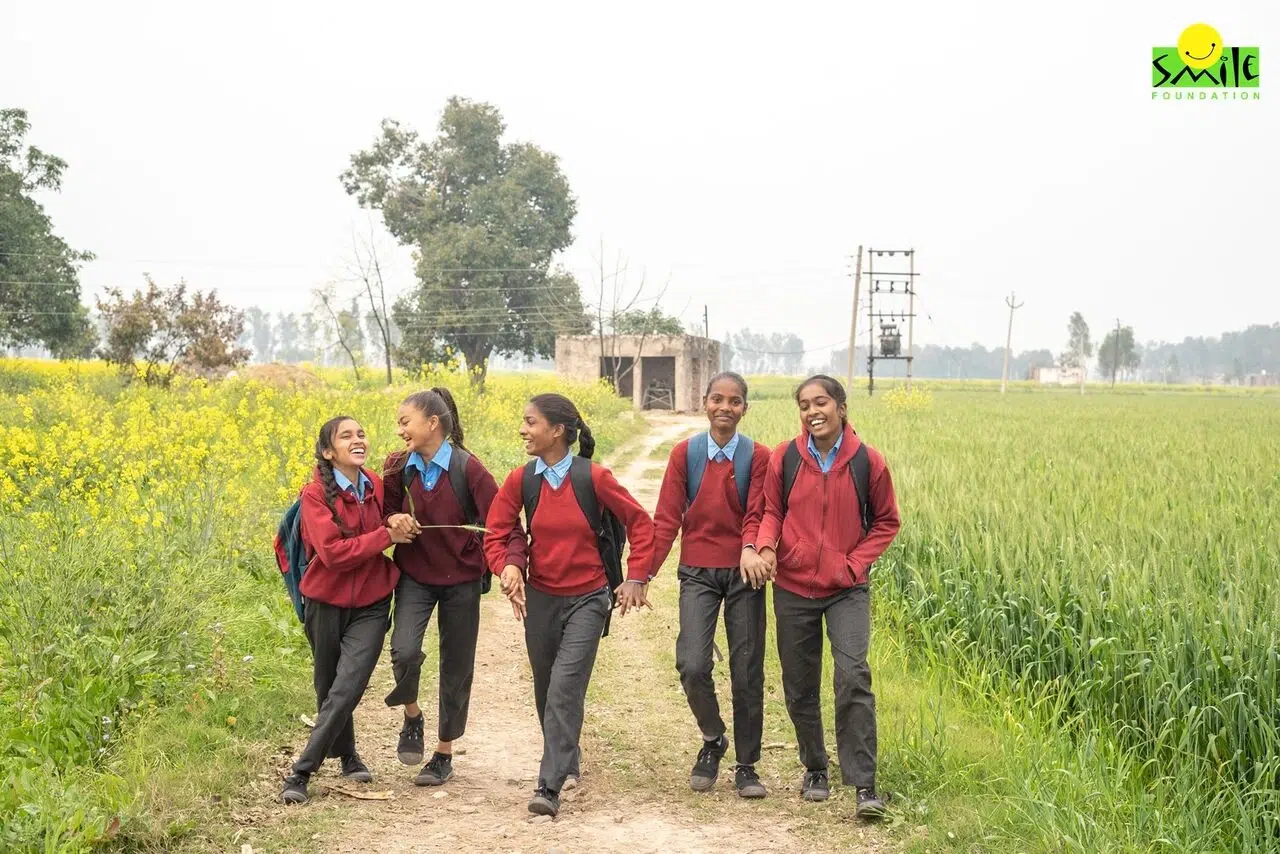Rantu Das (name changed) (63) lives in a village in a coastal district of Odisha along with his wife, mother, daughter-in-law, and 10 months old granddaughter. Both his sons work in the factories of Gujarat. While his sons are now repaying the debts taken to build their pucca house, managing the daily expenses of the family is his sole responsibility.
Rantu is a beneficiary of all the government schemes and also gets the old age pension but what he earns from agricultural work and sometimes as a construction labourer, he says, is not enough. His granddaughter is fond of fortified packaged baby food and packaged noodles, and so Rantu
says his expenses have increased.
He hardly saves any money for his own medical needs, which include medicines for diabetes and arthritis. Ask him about the Poshan Abhiyan, he says what’s that? He however admits that they get some food mix from the Anganwadi centre for the child. “But that’s not edible,” he says. The cereals and pulses in it are not ground properly and so they do not use those.
The Union and state government’s efforts to improve the nutrition of infants, children, women, and adolescent girls seem futile when Rantu and many like him living in rural areas of the country are unaware of the nutritional needs of their family members and how to stay healthy
without having to overspend.
Dependence on over-the-counter packaged foods has increased among people living even in remote locations with an increase in the volume of commercials which is no longer confined to TV or radio. Smartphones and internet connectivity have reached the hinterland but awareness about good health, nutrition and hygiene are still far from their reach.
People like Rantu are unaware that nutrition even of children and infants can be improved with a variety of foods available locally which are easily accessible and have been consumed traditionally for generations.
Nutrition in Children
The National Family Health Survey-5 (NFHS-5 ) found that though the infant mortality rate (IMR) has declined across states, the malnourishment rate among children is increasing. The stunting rate has increased in 11 of the 17 states, the proportion of severely wasted children has increased
in 13 of the 17 states, and the proportion of children who are underweight has increased in 11 of the 17 states.
Bihar and Gujarat were found to have 40 per cent or more of the children under the age of five years were underweight. Interestingly, the proportions of women and men, between the age of 15-49 years, who are overweight or obese, have increased across all states except Gujarat and Maharashtra. In Andhra Pradesh, Goa, Karnataka, Telangana, Kerala, and Himachal Pradesh, nearly one-third of men and women (between 15-49 years of age) are overweight or obese.
Malnourishment among children and anemia among women and adolescent girls is common. There are 17.76 lakh severely acutely malnourished children (SAM) and 15.46 lakh moderately acute malnourished (MAM) children in the country, as per the Union Women and Child Development Ministry.
The Government of India’s flagship programme Poshan Abhiyan (National Nutrition Mission) launched in 2018 aimed to reduce malnutrition in the country in a phased manner, through a lifecycle approach, by adopting a synergised and result-oriented approach.
The programme has now been extended to all the 36 states and Union Territories (UTs) of the country. The second phase of the Prime Minister’s Overarching Scheme for Holistic Nutrition or Mission (POSHAN) 2.0 aims to promote nutrition awareness and good eating habits for sustainable health and well-being and address nutrition-related deficiencies through key strategies.
But despite the Poshan Melas, Pakhwadas, and Maahs organized under it throughout the year, there is still a lack of understanding about proper nutrition among the masses.
Malnutrition in Children
Malnutrition has three different forms: undernutrition, which includes wasting (low weight-for-height), stunting (low height-for-age), and underweight (low weight-for-age); micronutrient-related malnutrition, which includes micronutrient deficiencies (a lack of important vitamins and minerals) or micronutrient excess; and overweight, obesity and diet-related non-communicable diseases (such as heart disease, stroke, diabetes, and some cancers).
According to the World Health Organisation (WHO), around 45 per cent of deaths globally among children under five years of age are linked to undernutrition. These mostly occur in low- and middle-income countries. Surprisingly, in the same countries, childhood overweight and obesity rates are also rising.
Almost every country globally is affected by some form of
malnutrition. But India today has a mixed population of children, adolescents, and women suffering from different forms of malnutrition. What’s worrying is that both underweight and overweight children are more vulnerable to diseases and illnesses.
Another common health problem that affects people of every age group is anemia, which is caused due to iron deficiency. But anemia among adolescent girls and women is the main concern among the disadvantaged groups in developing countries.
The NFHS 5 conducted in 2015-16 found that there was an increase in the prevalence of anemia among women and children in India. Among pregnant women, it was up by 1.8 per cent, among all women of the reproductive age it was up by 3.9 per cent, and among adolescent women by five per cent.
Among children, the increase was the highest at 8.5 per cent and was thus close to the levels recorded in the 2005-06 survey when the prevalence rate was 70 per cent. The government programmes and schemes including the Intensified Iron Plus Initiative launched
to make India anemia free, the Pradhan Mantri Matru Vandana Yojana (PMMVY), Pardhan Mantri Surakshit Matritva Abhiyan (PMSMA), and the supplementary nutrition provided to adolescent girls and children under the Integrated Child Development Services (ICDS) are well-
thought-out programmes but their success depends on proper implementation which also should include creating awareness among people about the primary and affordable sources of good nutrition.
Nutrition as a Basic Right for Children
Undernutrition or micronutrient excess would together increase the overall healthcare spending of the country by several times and thus the cycle of slow economic growth, poverty, and ill-health would continue.
Addressing malnutrition is a must if we have to achieve the Sustainable Development Goal (SDG) 2 to end hunger, achieve food security and improved nutrition and promote sustainable agriculture, and SDG 3 to ensure healthy lives and promote wellbeing for all ages.
Good nutrition is every child’s basic right and we will all have to work towards ensuring that not a single child in the country is deprived of it. Nutrition in children should be one of the major talking points in our country.
Smile Foundation
Smile Foundation, in its efforts to bring holistic changes in the lives of children, are doing everything in their power to make nutrition in children as one of the major areas that need everyone’s attention.









